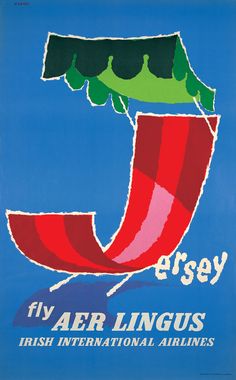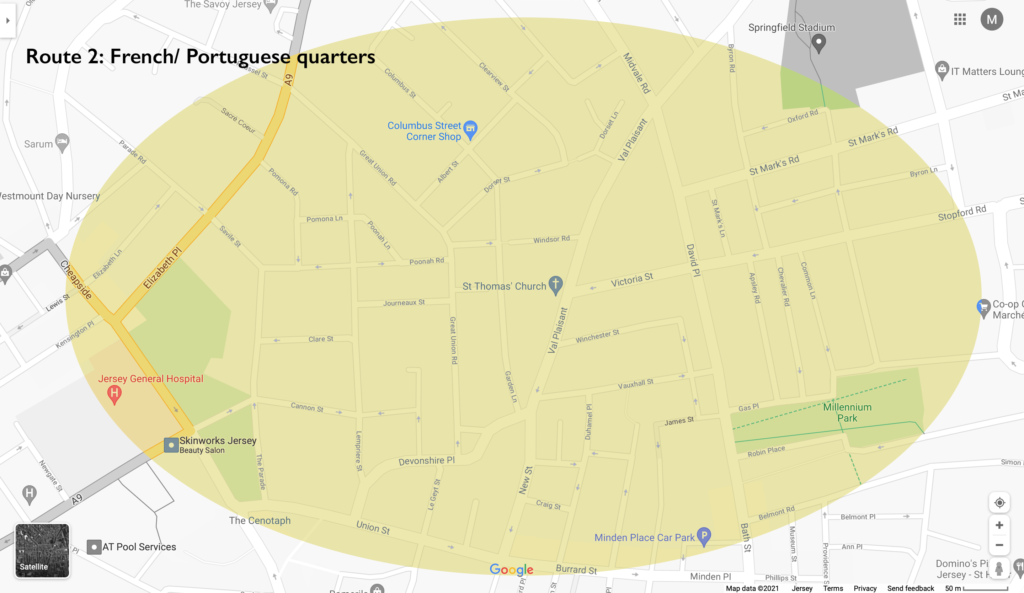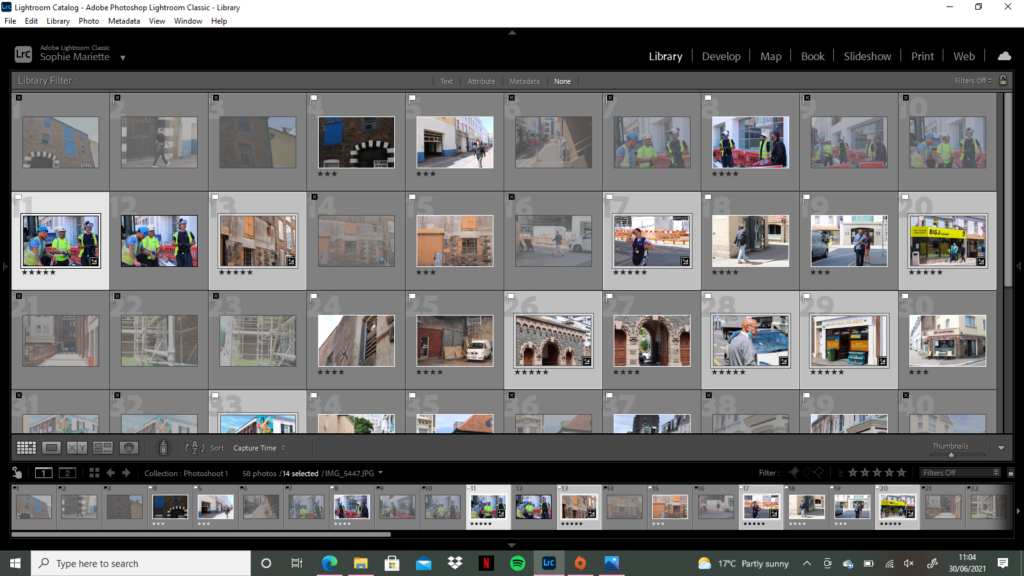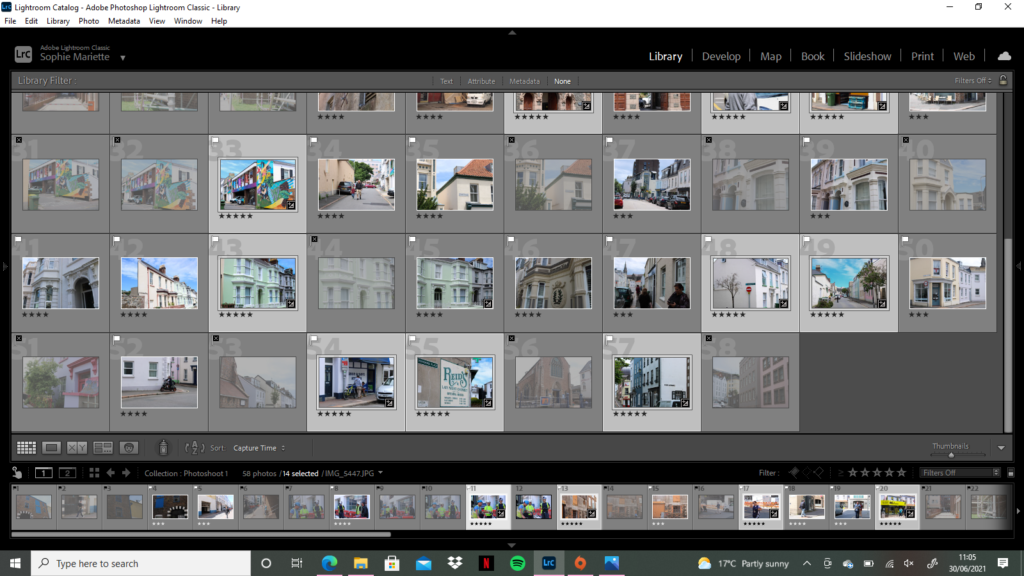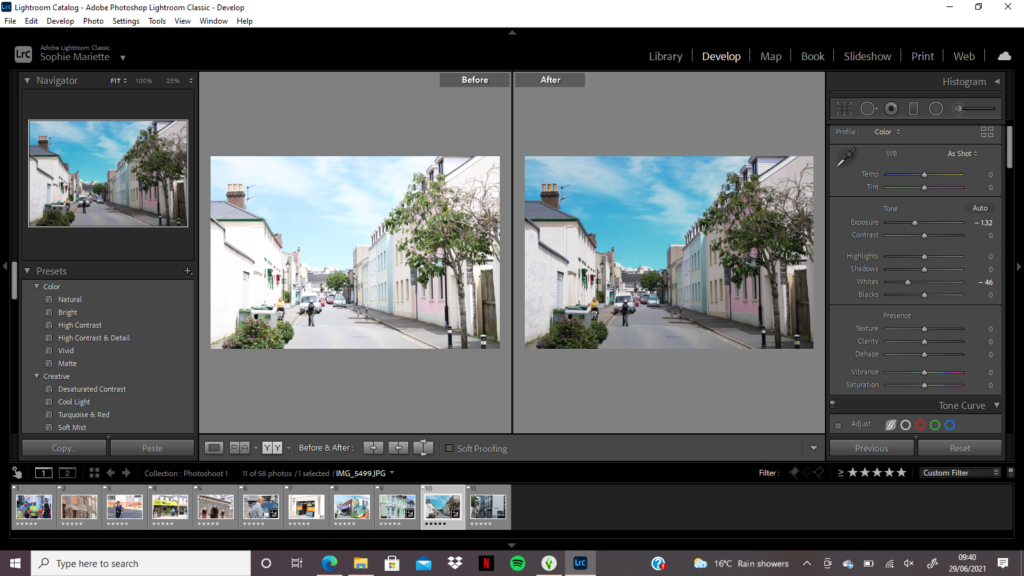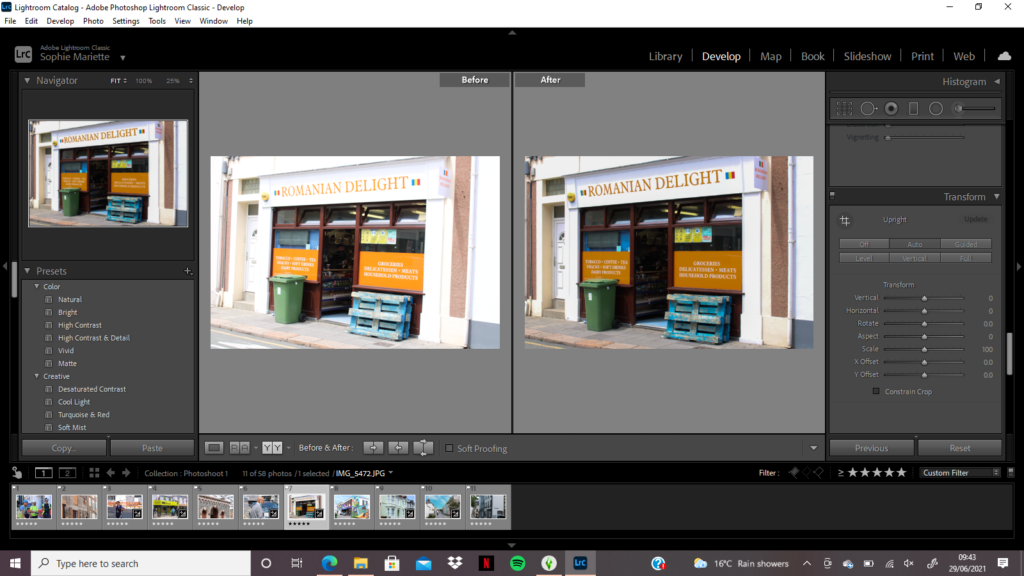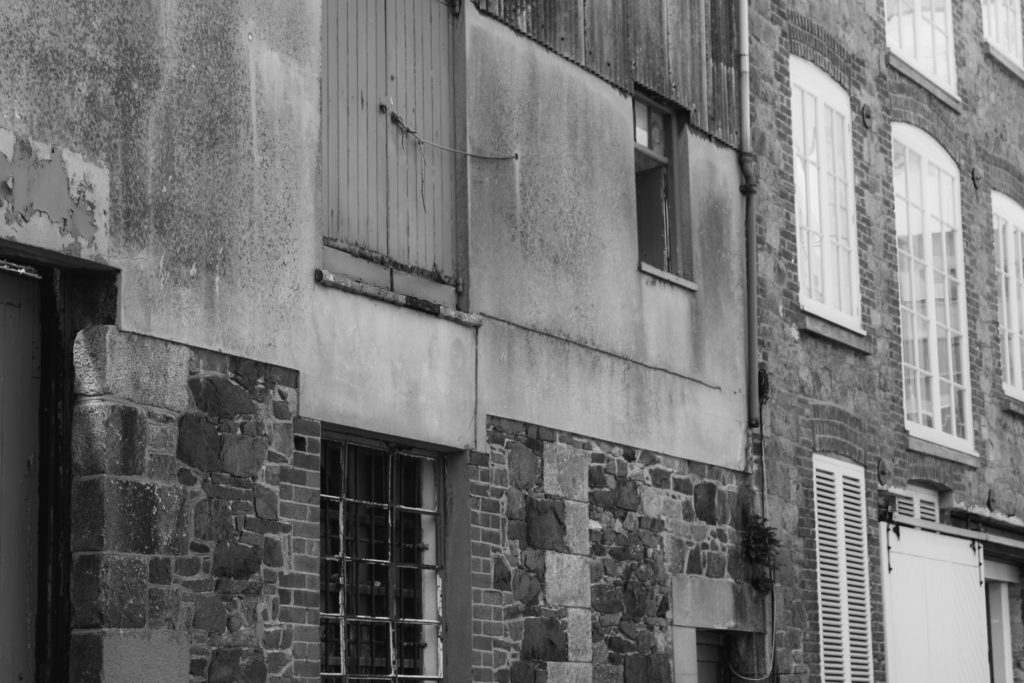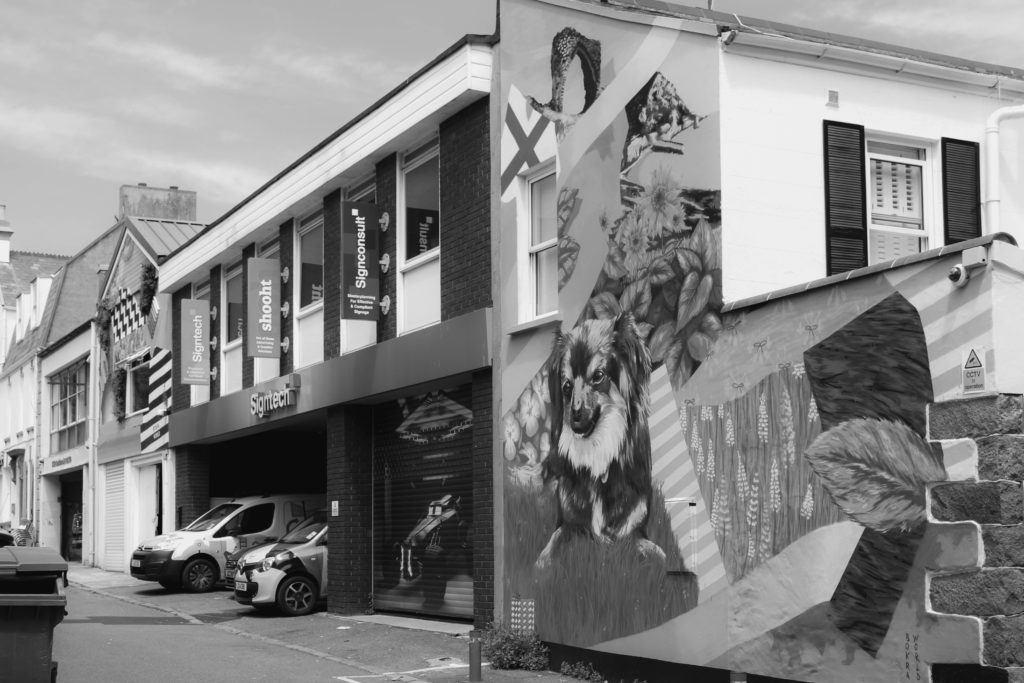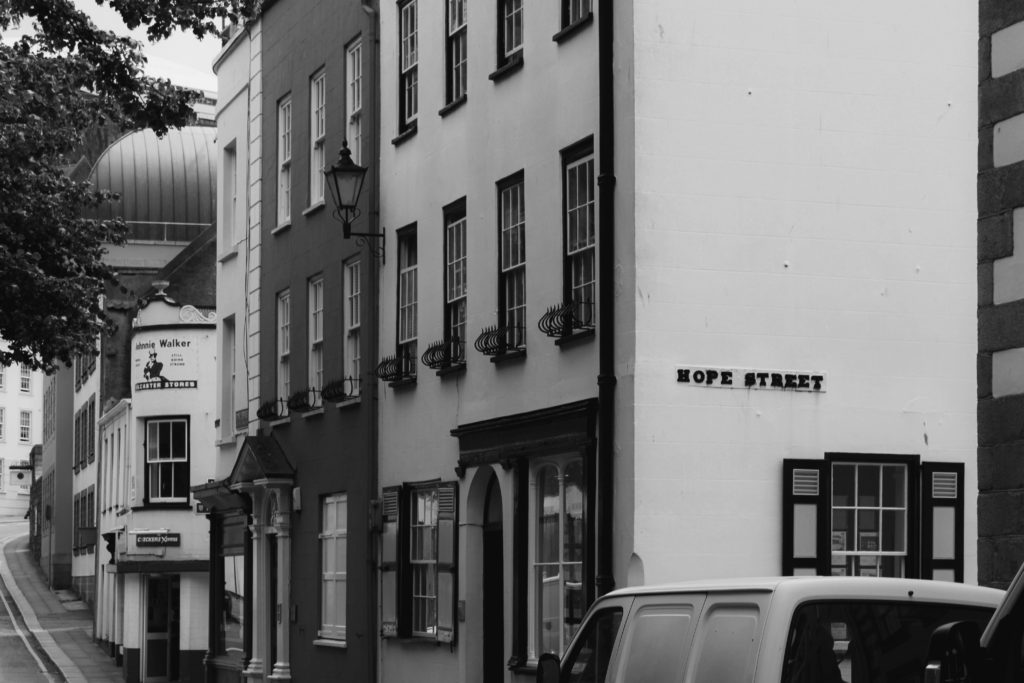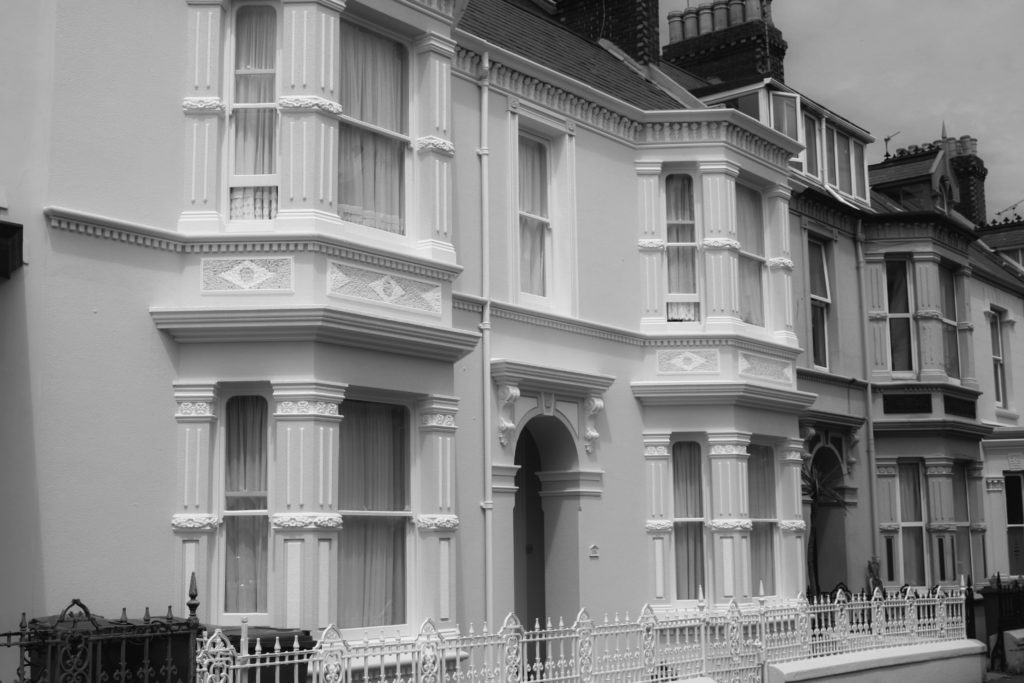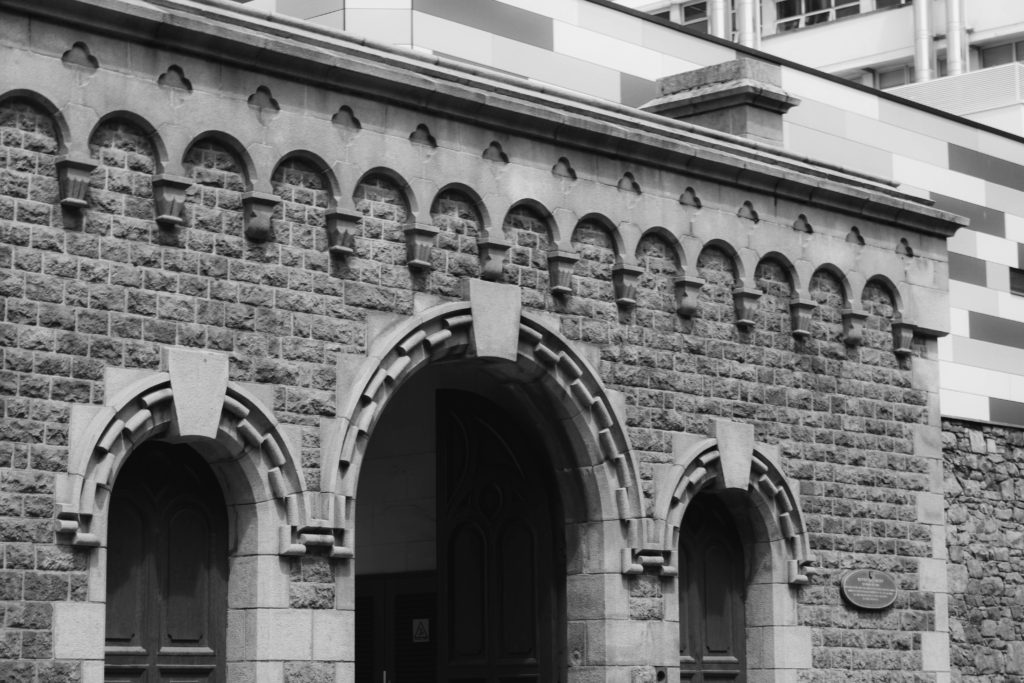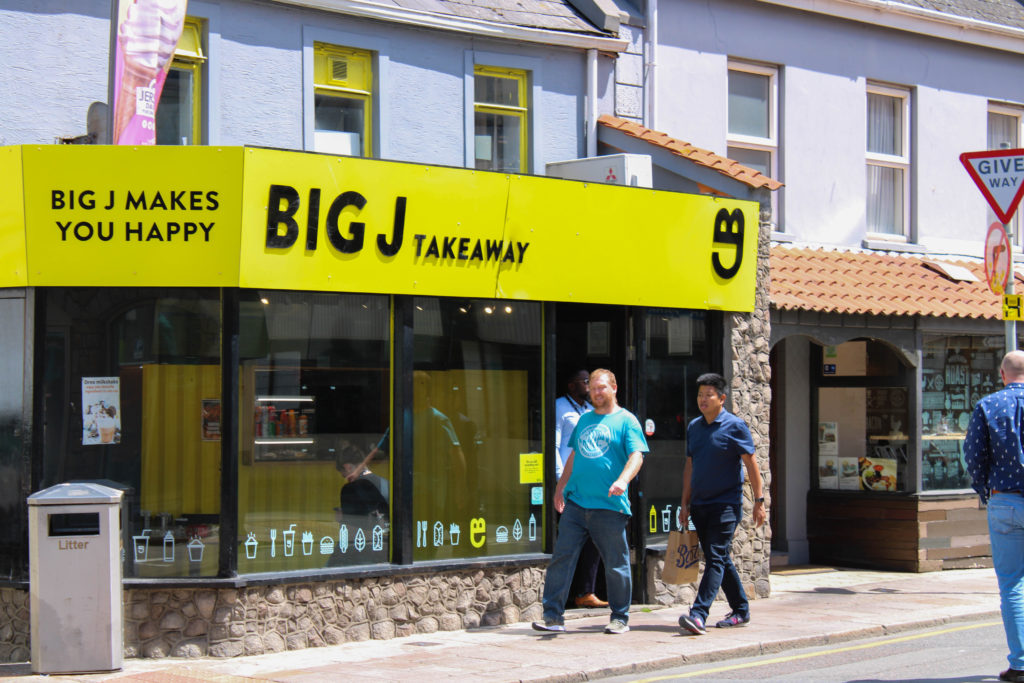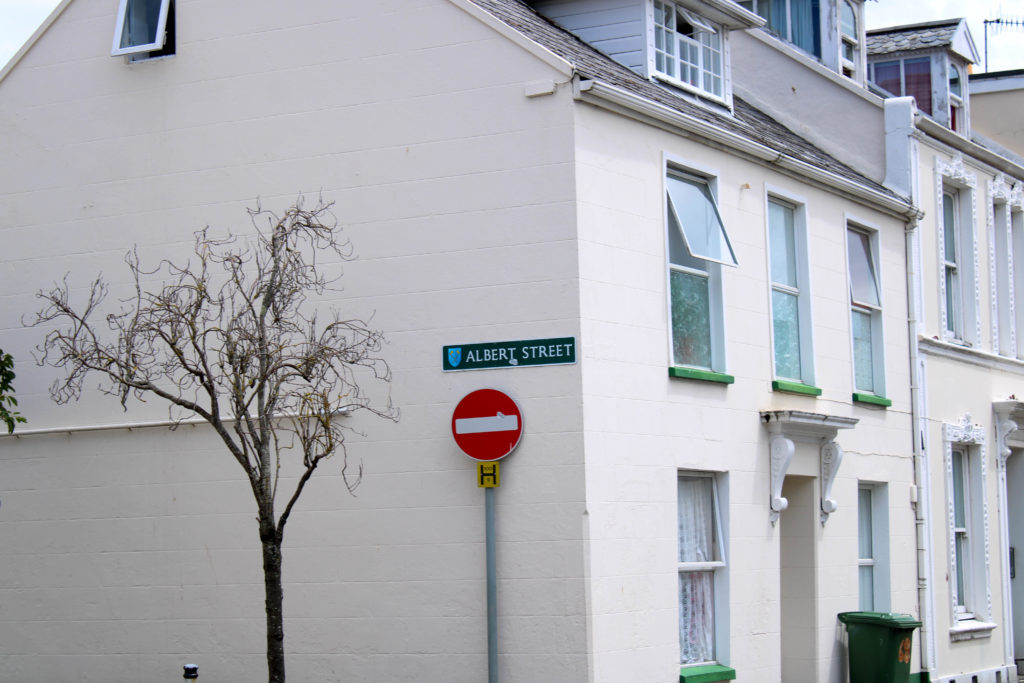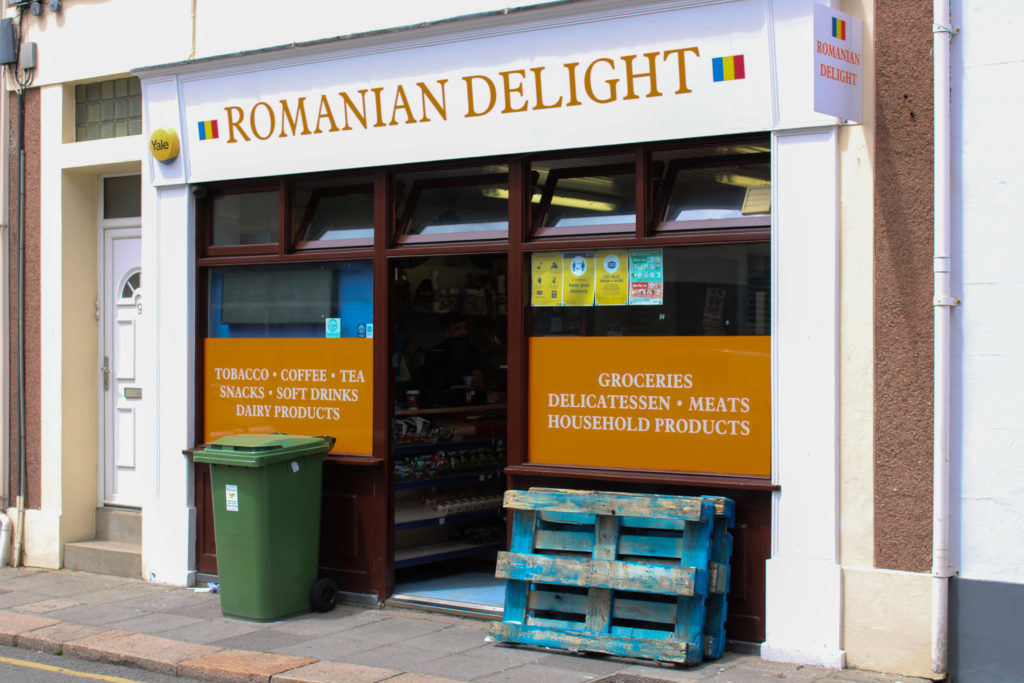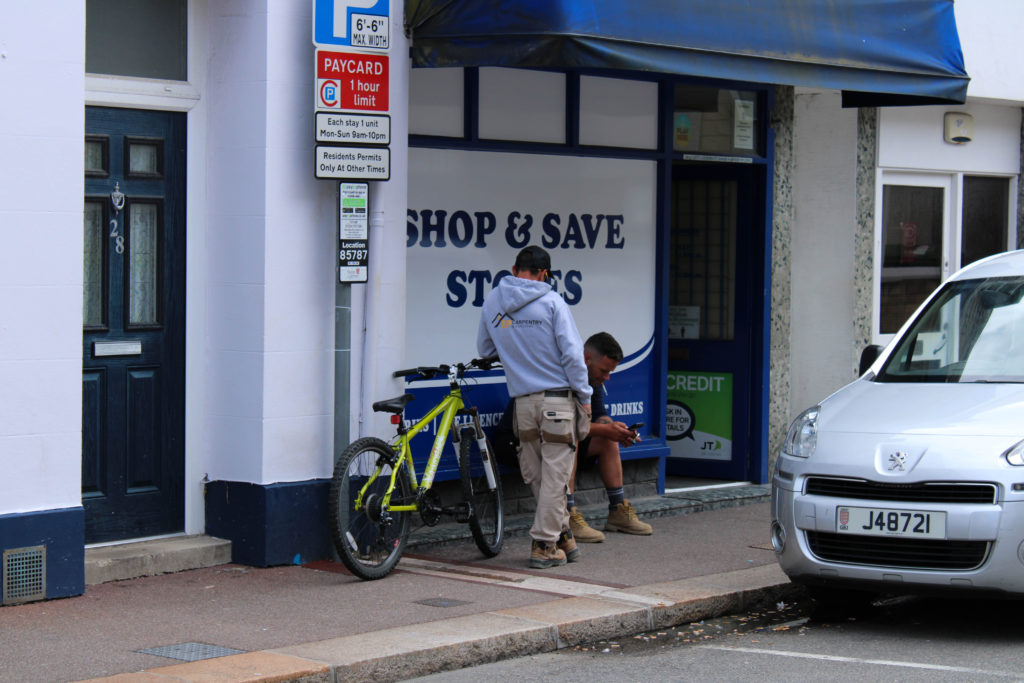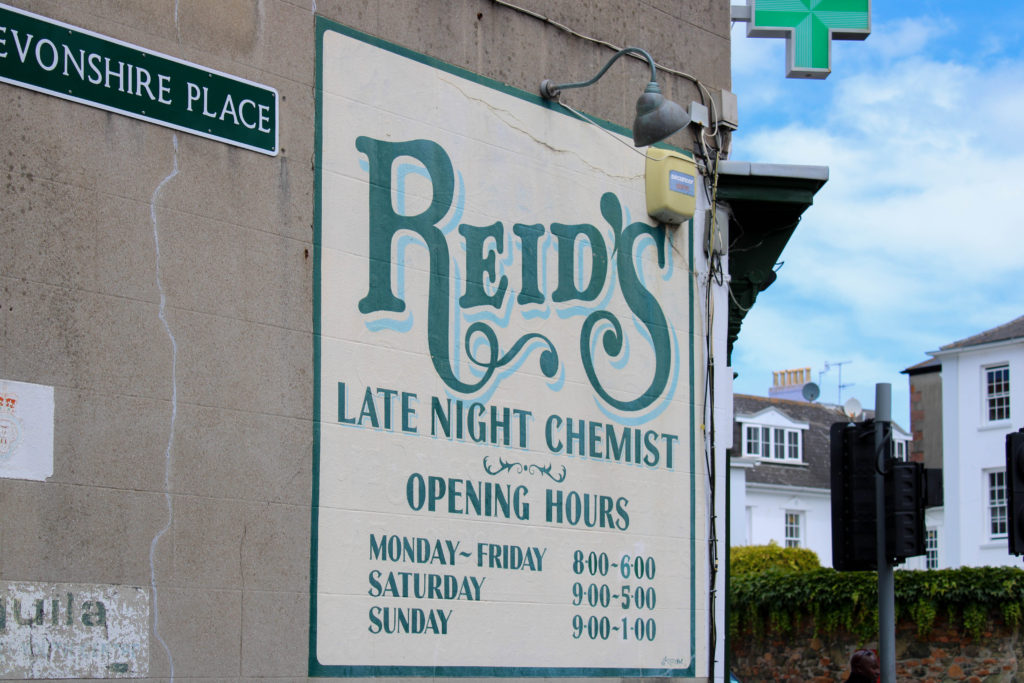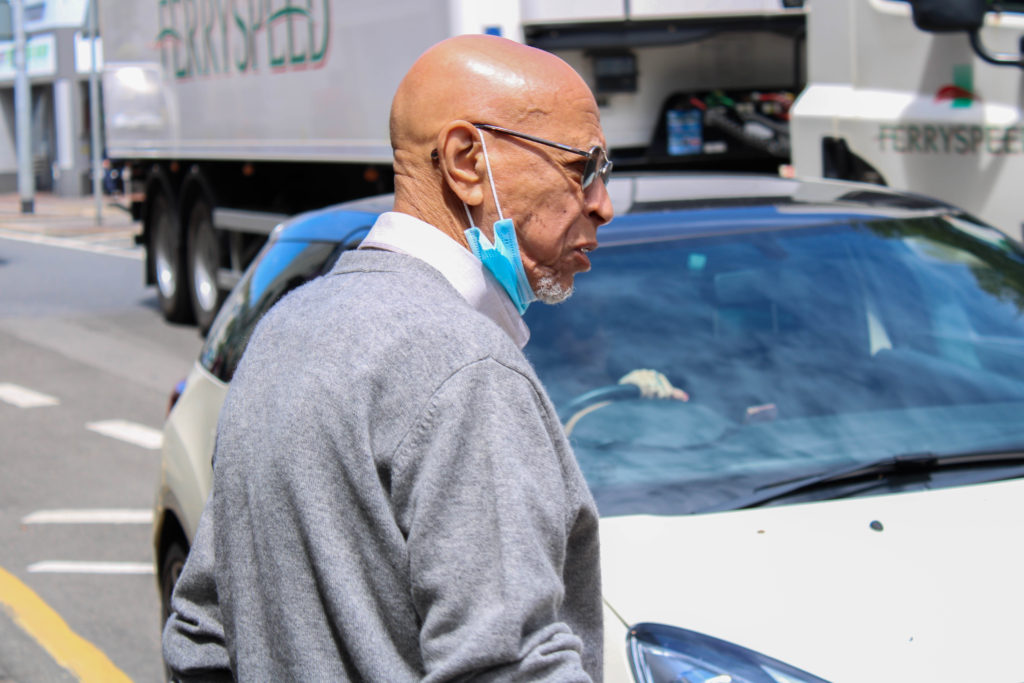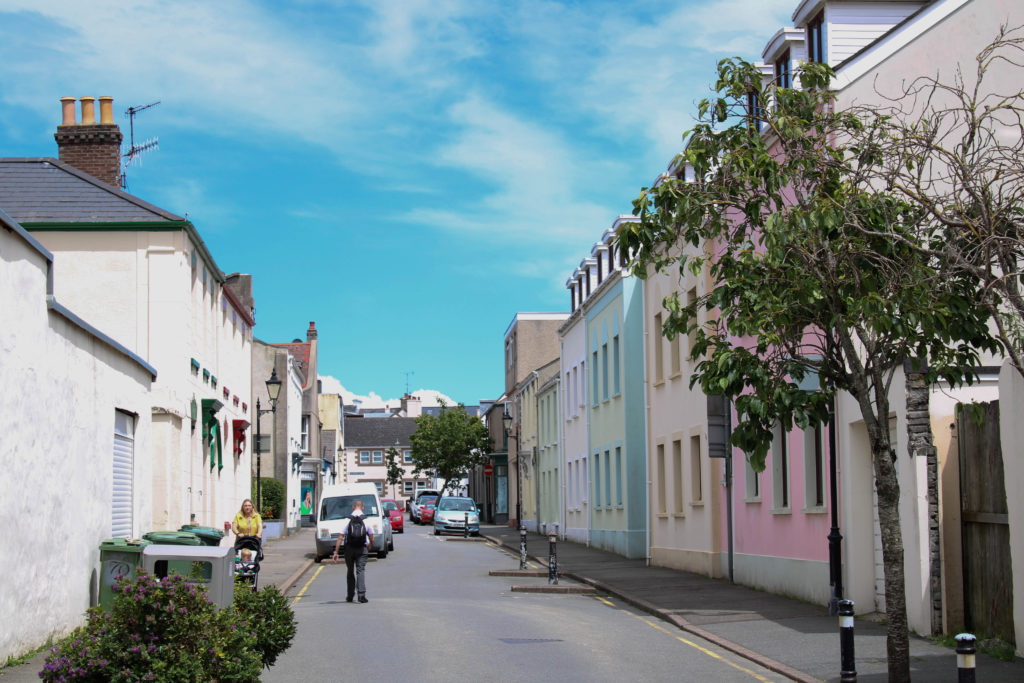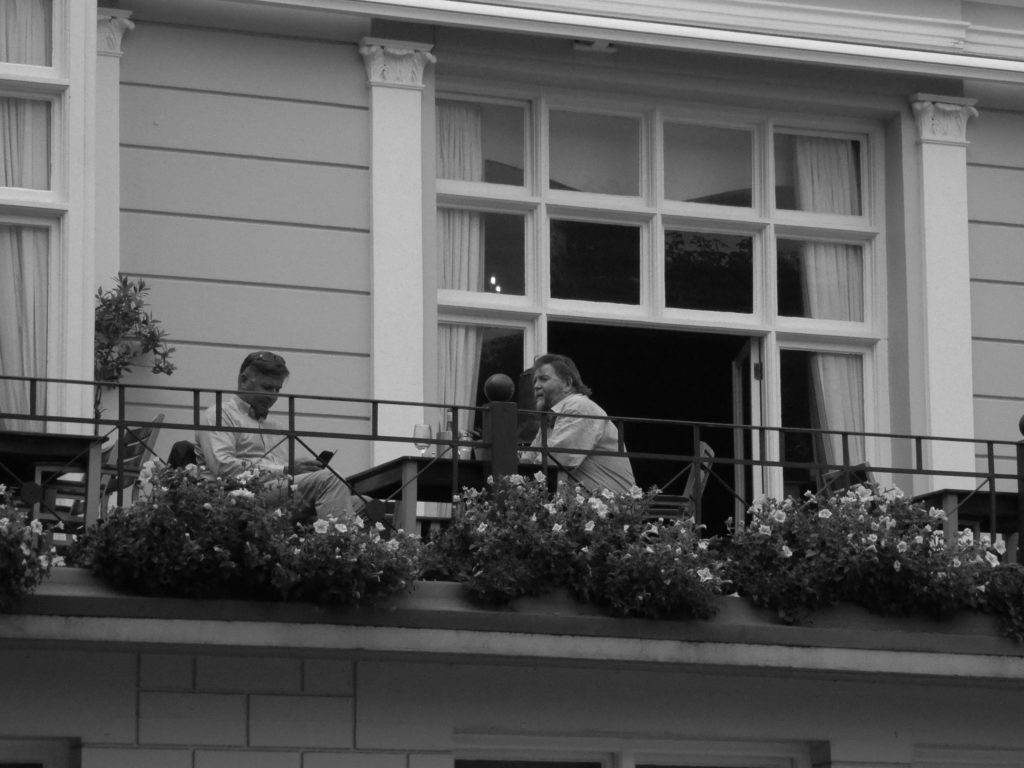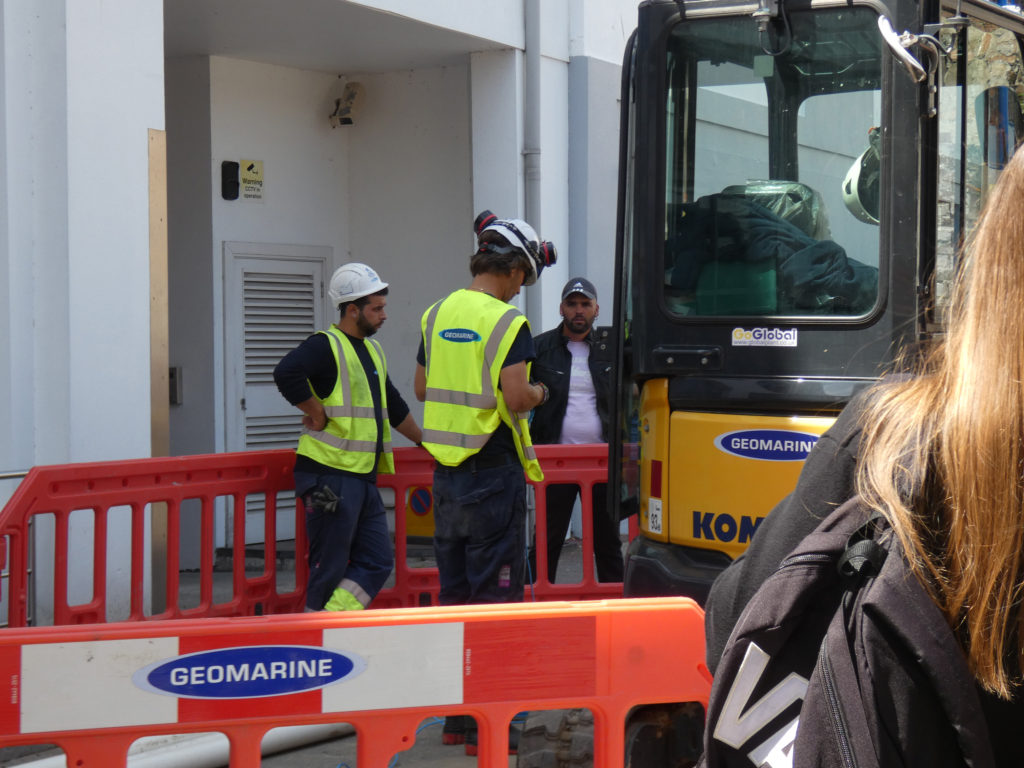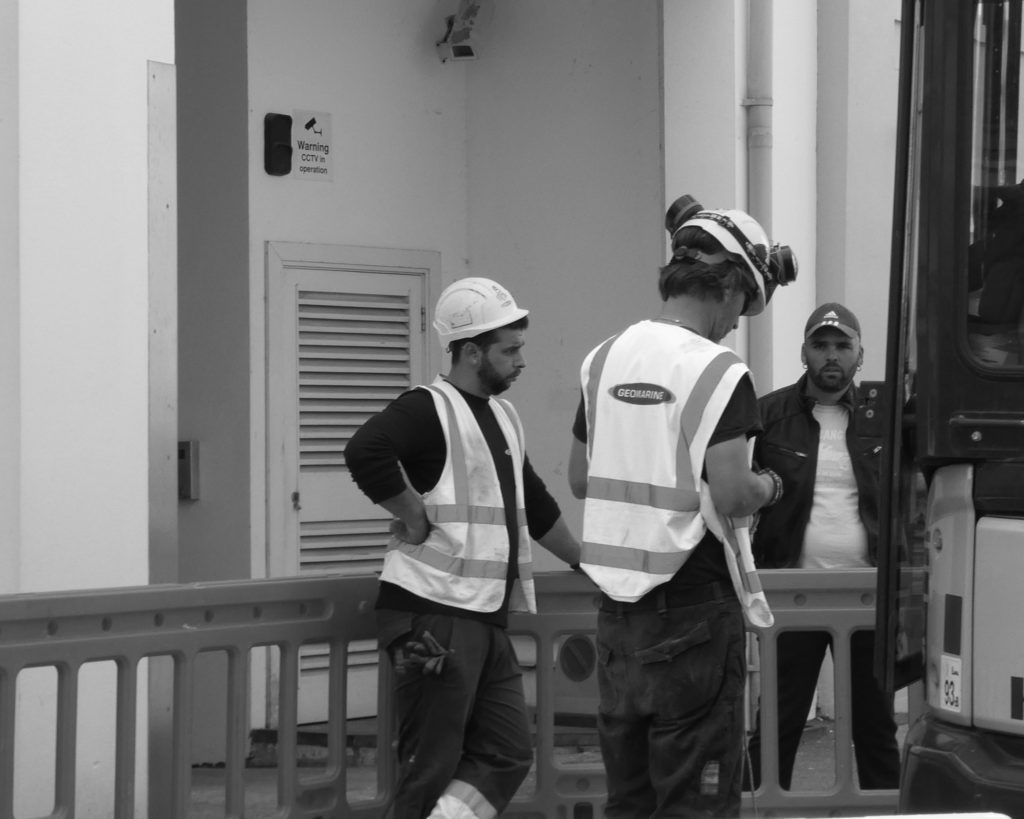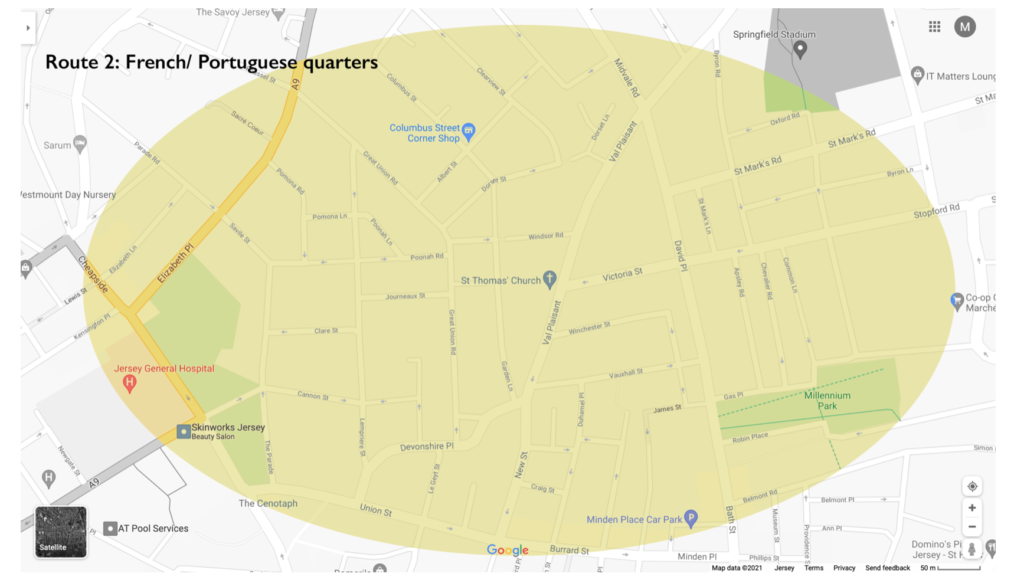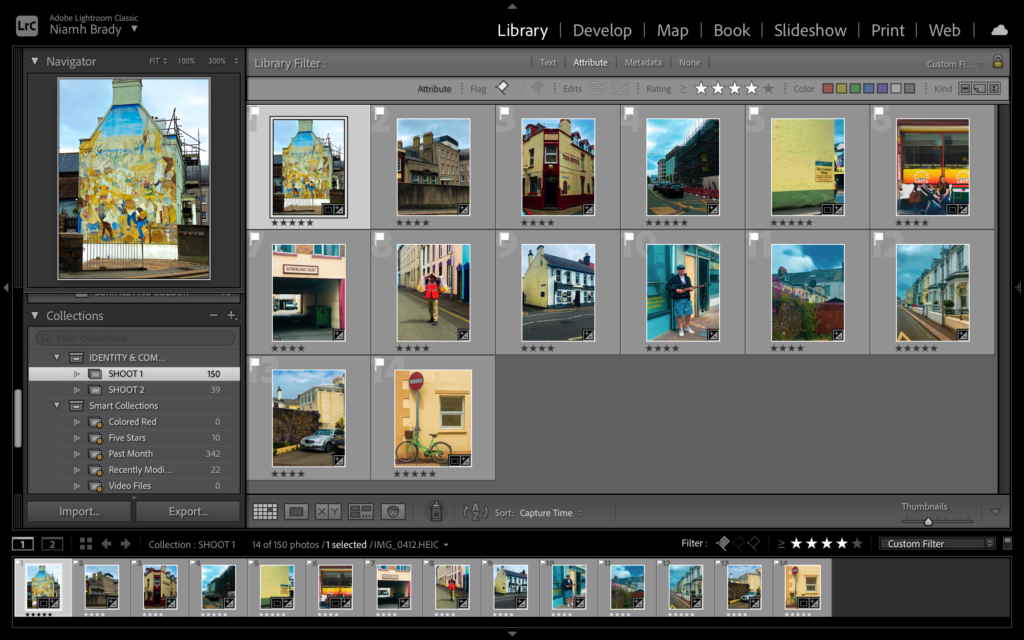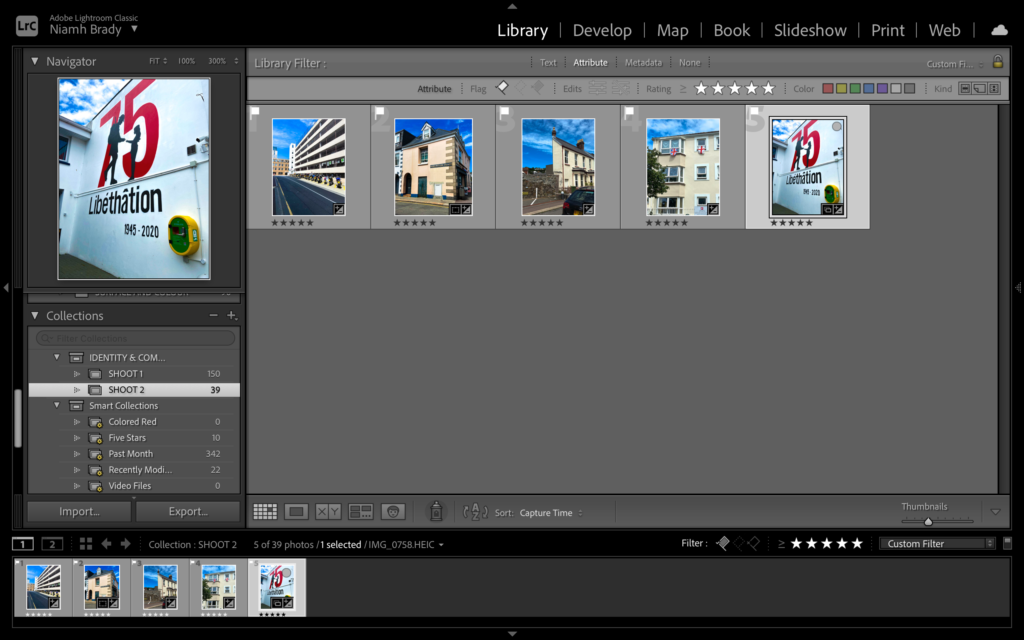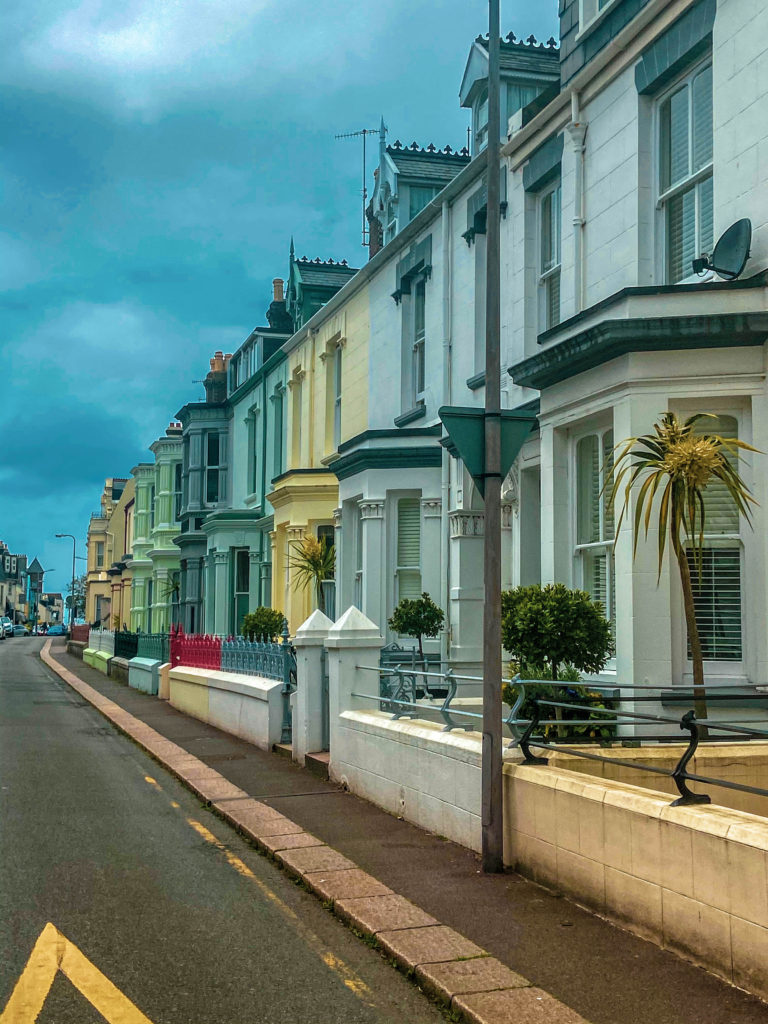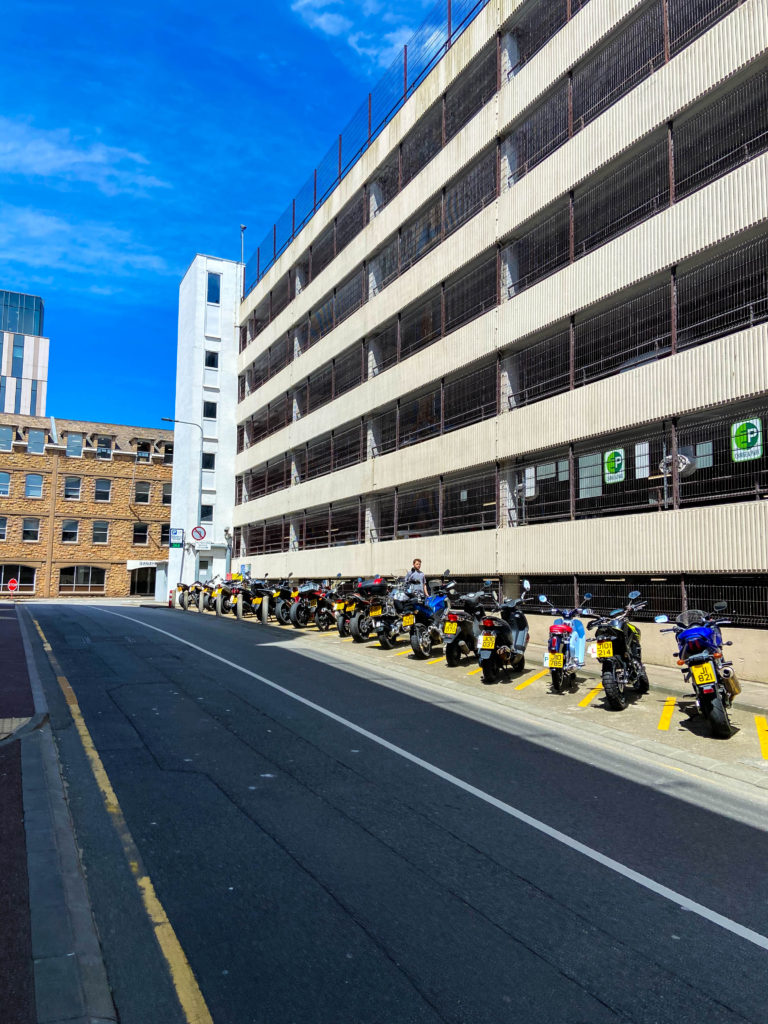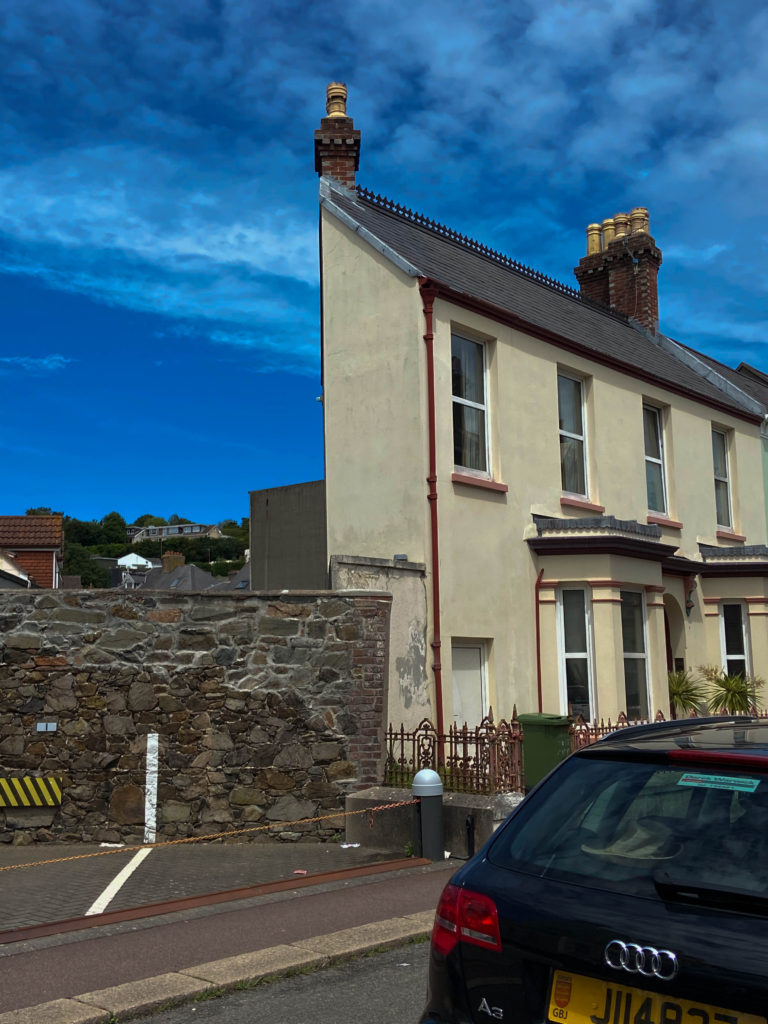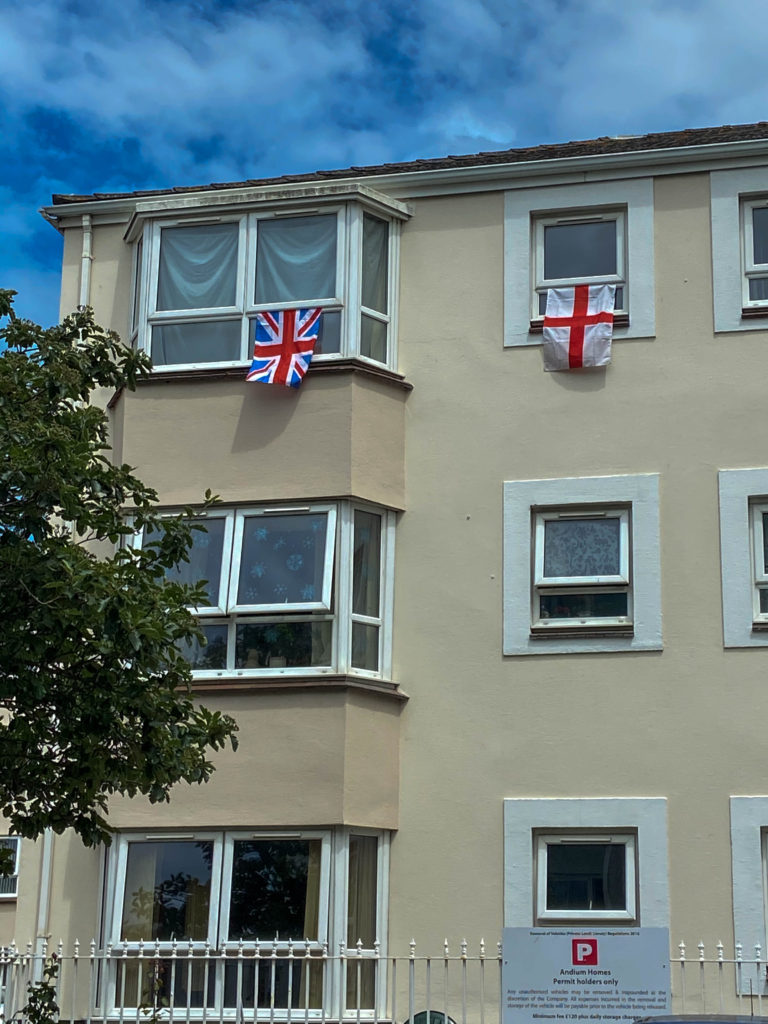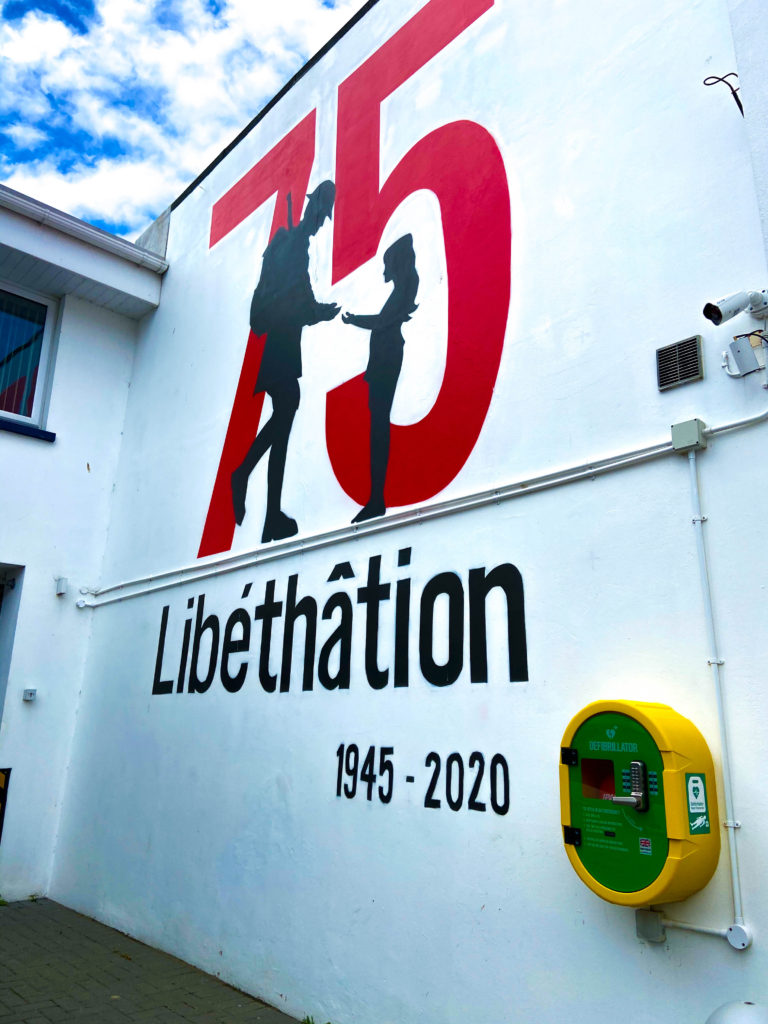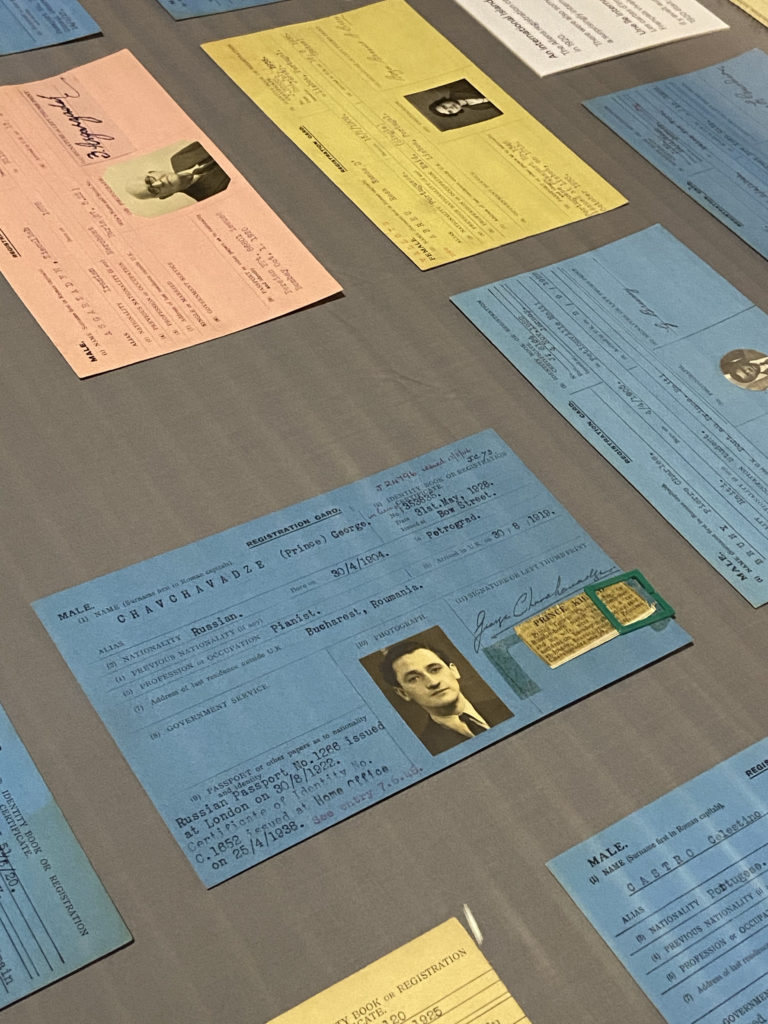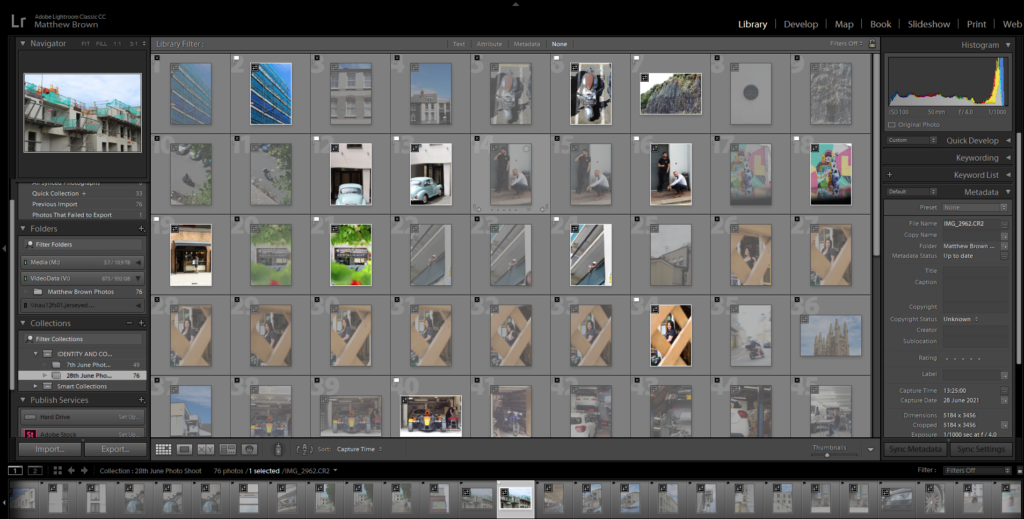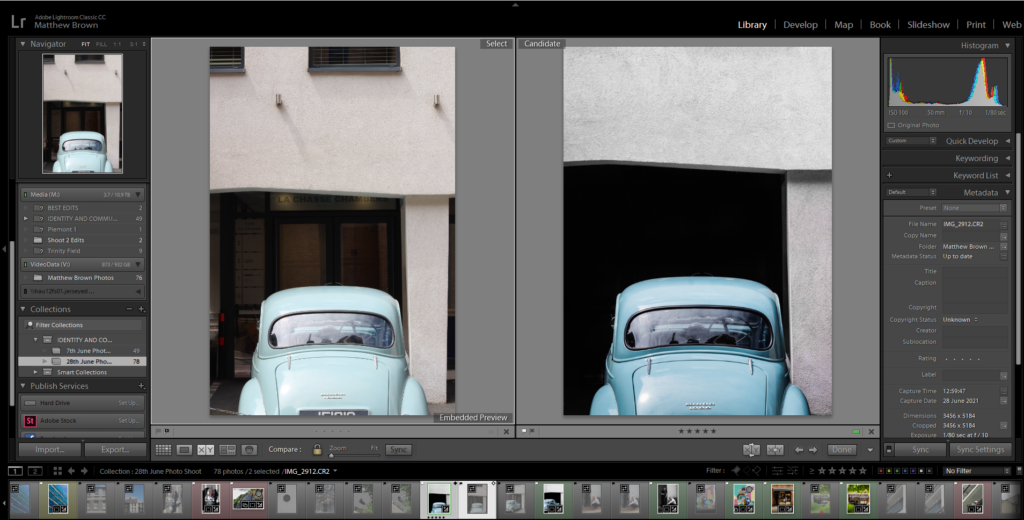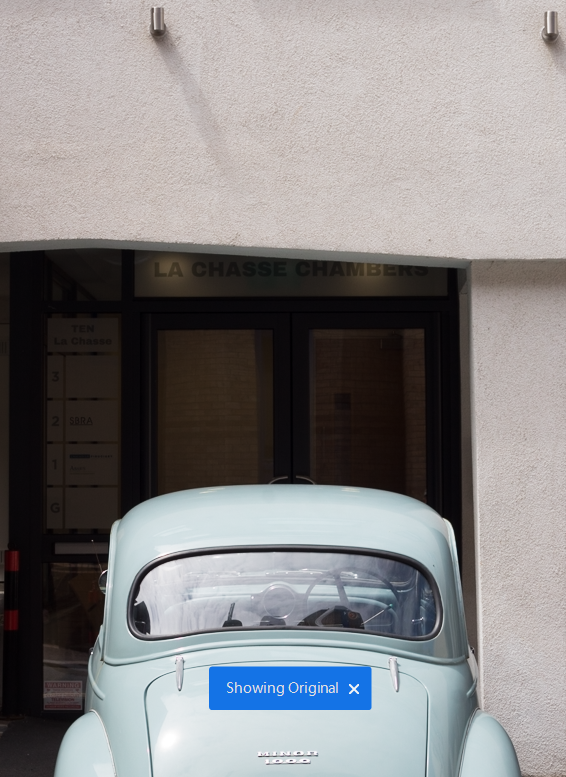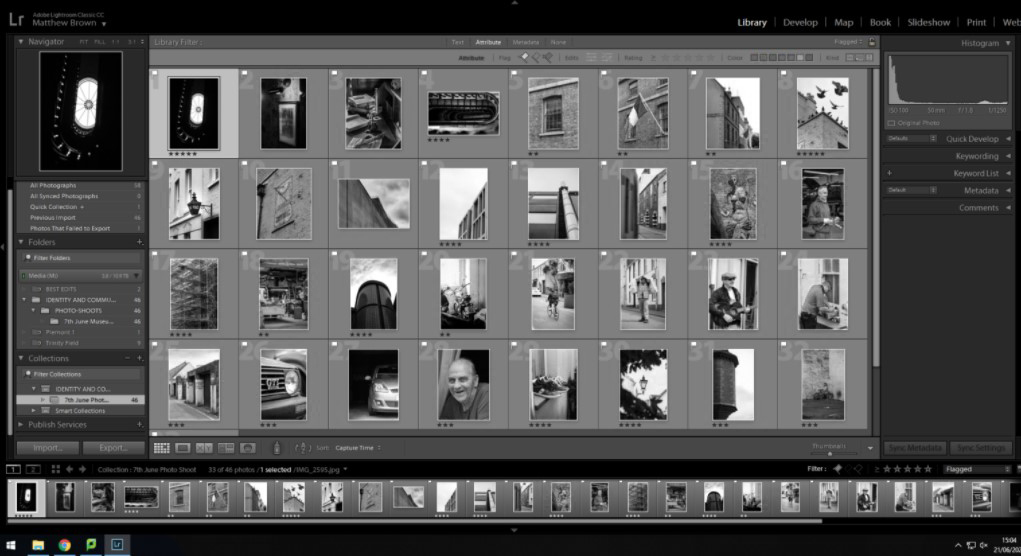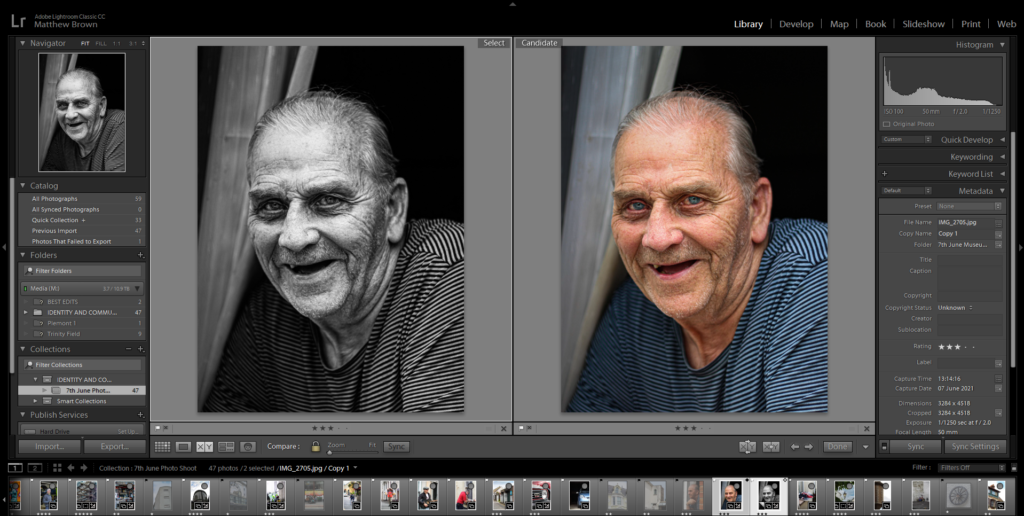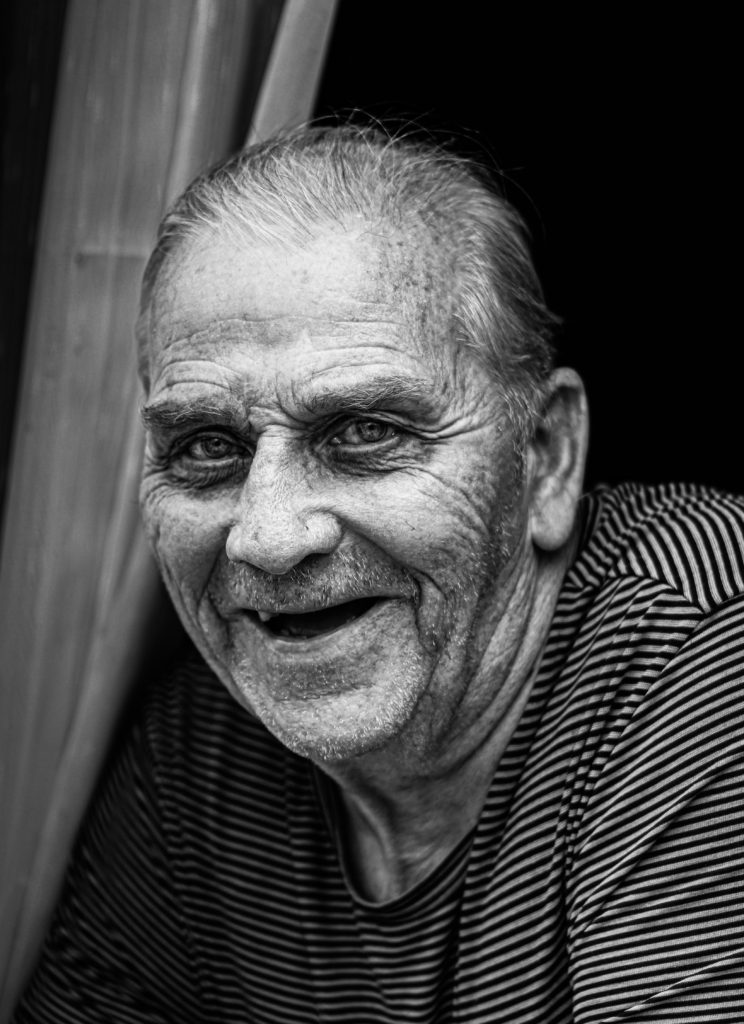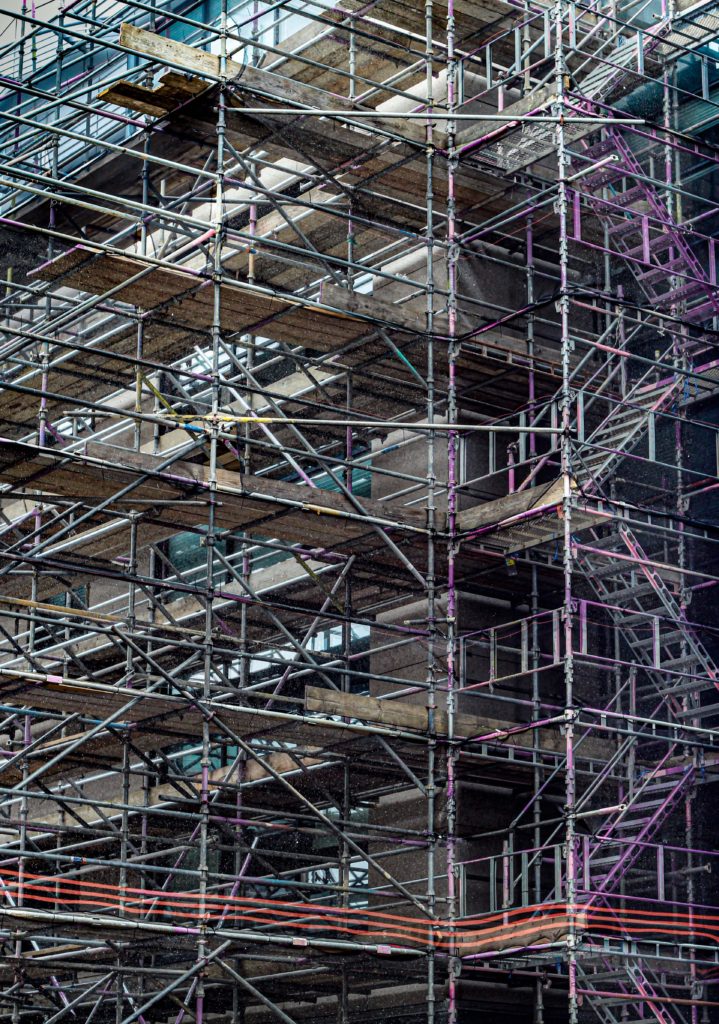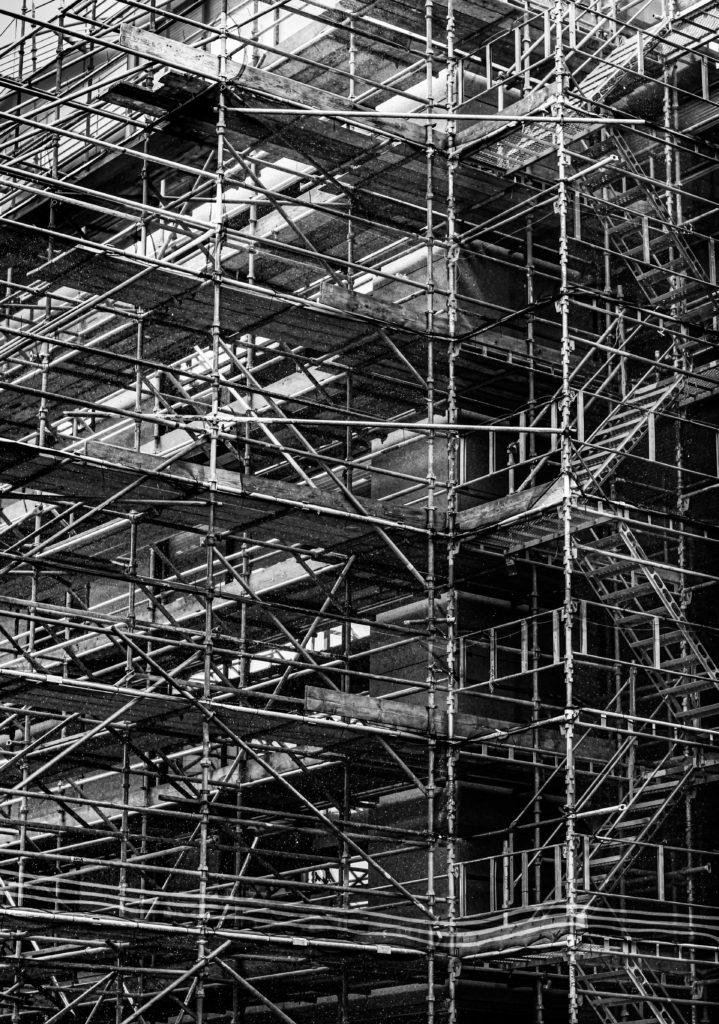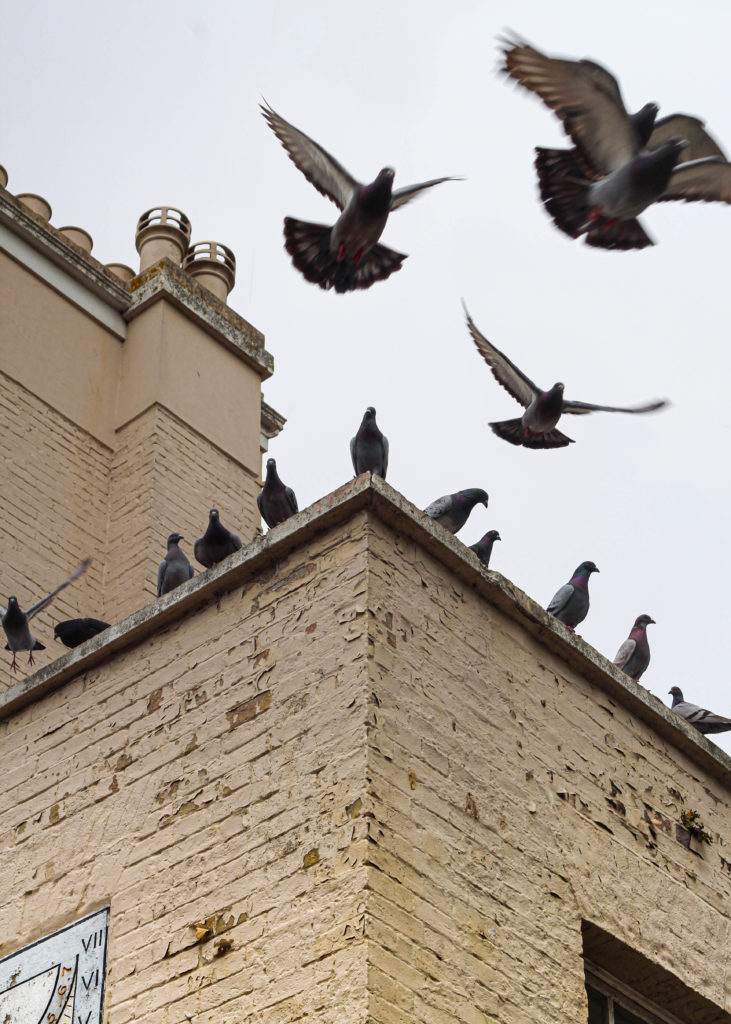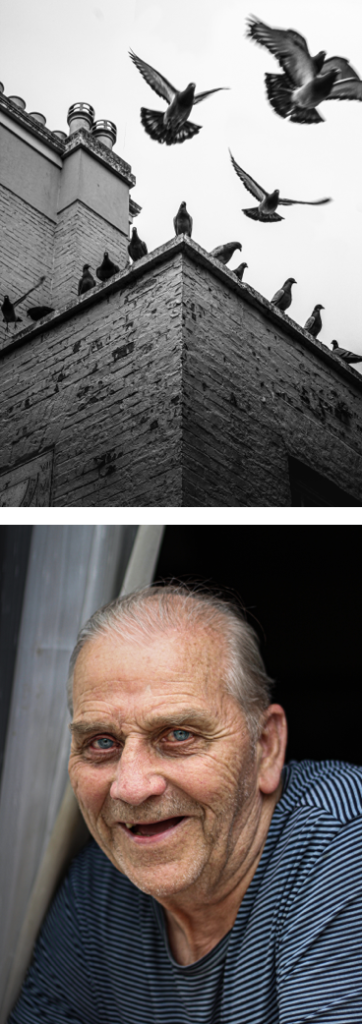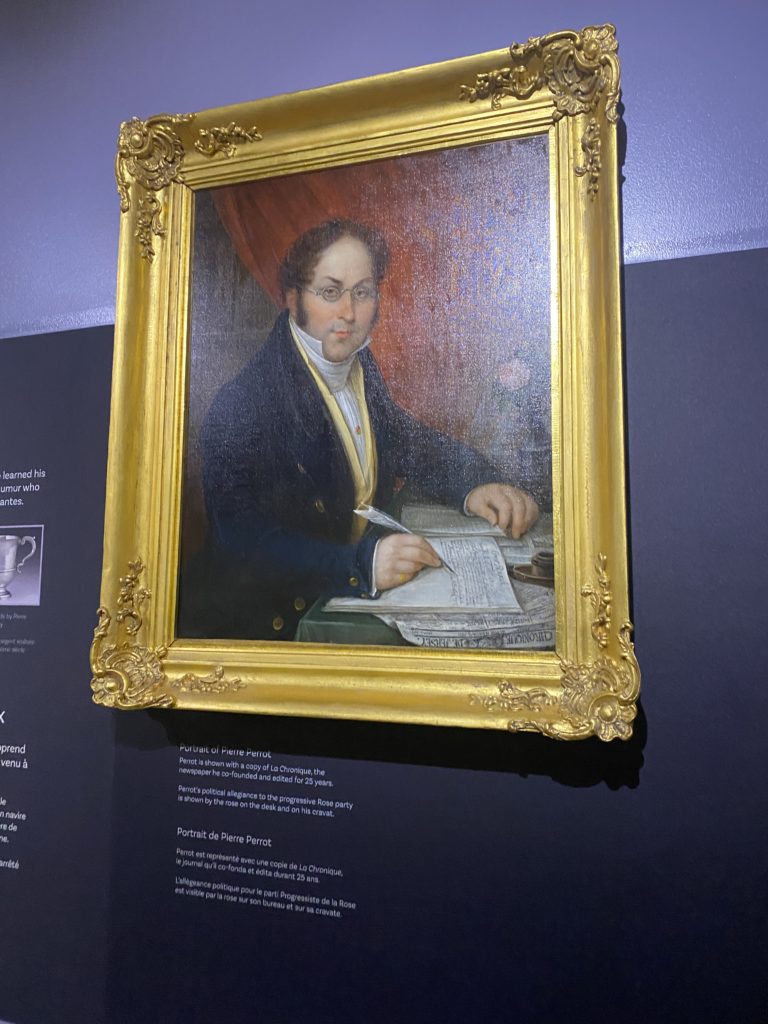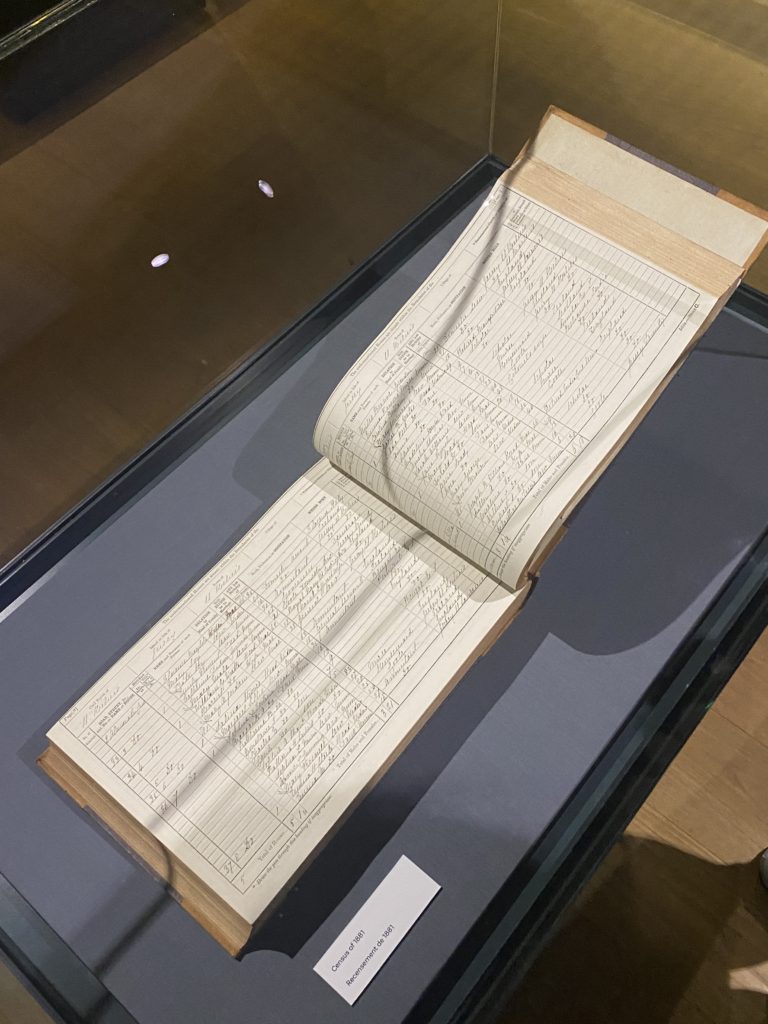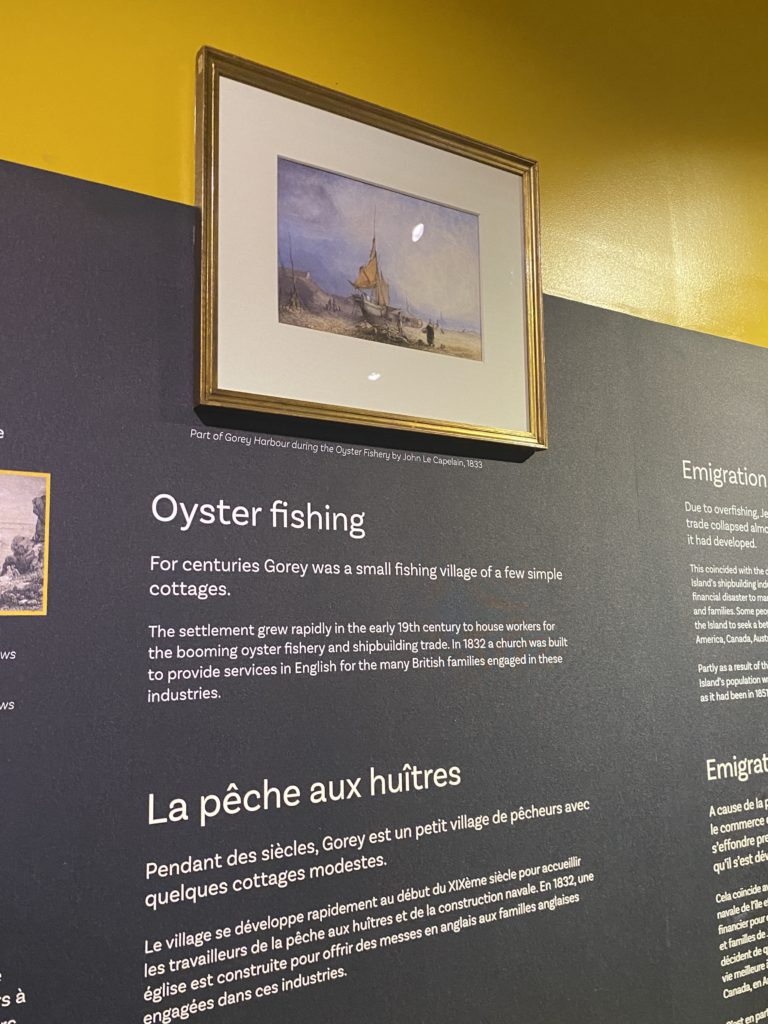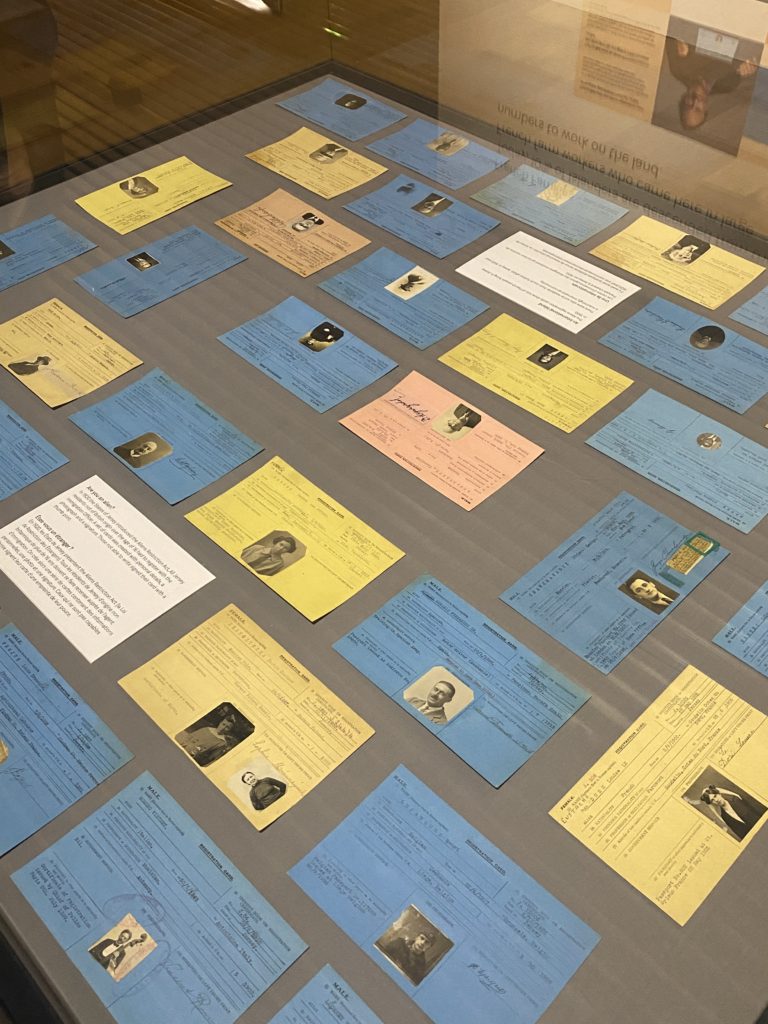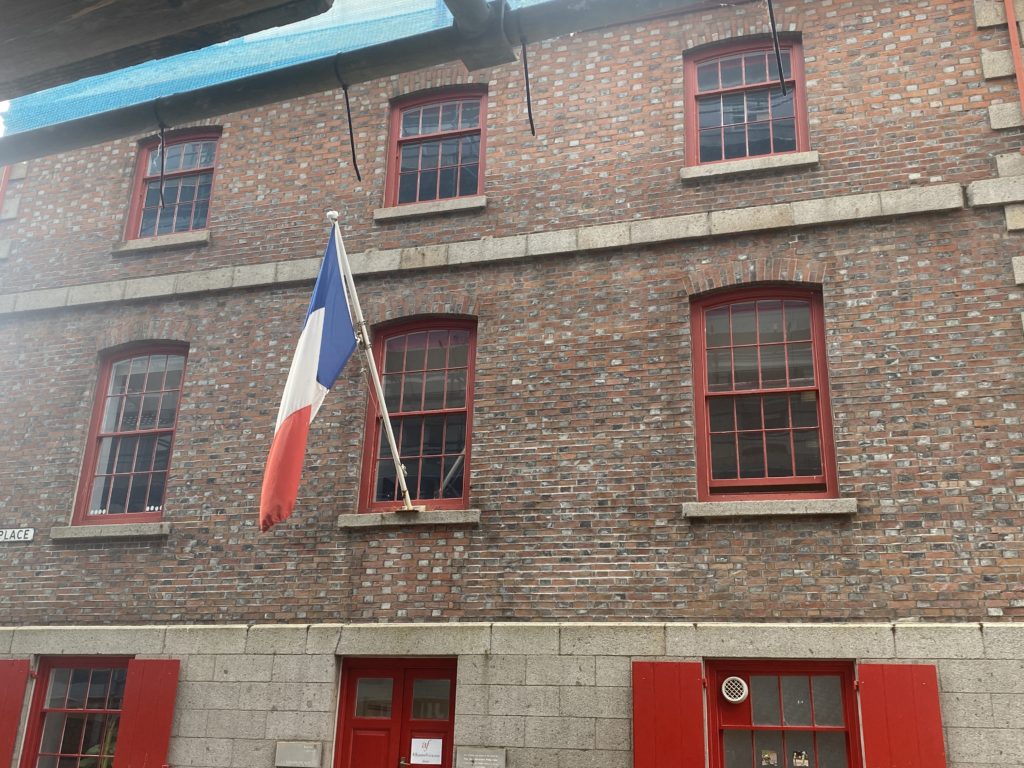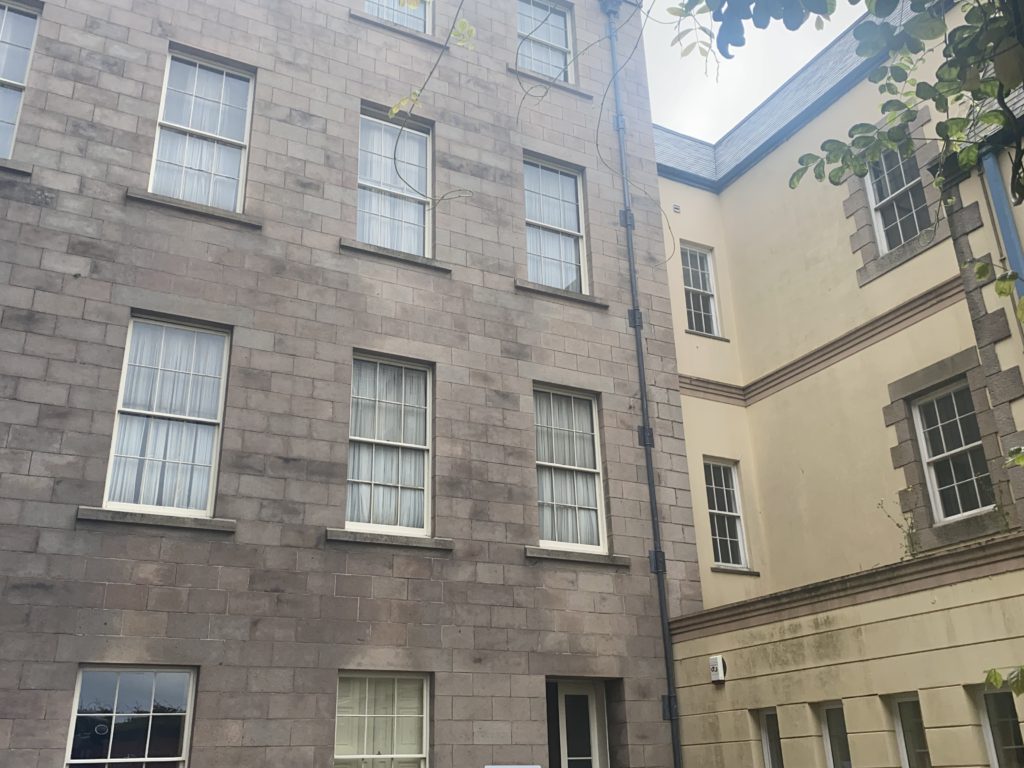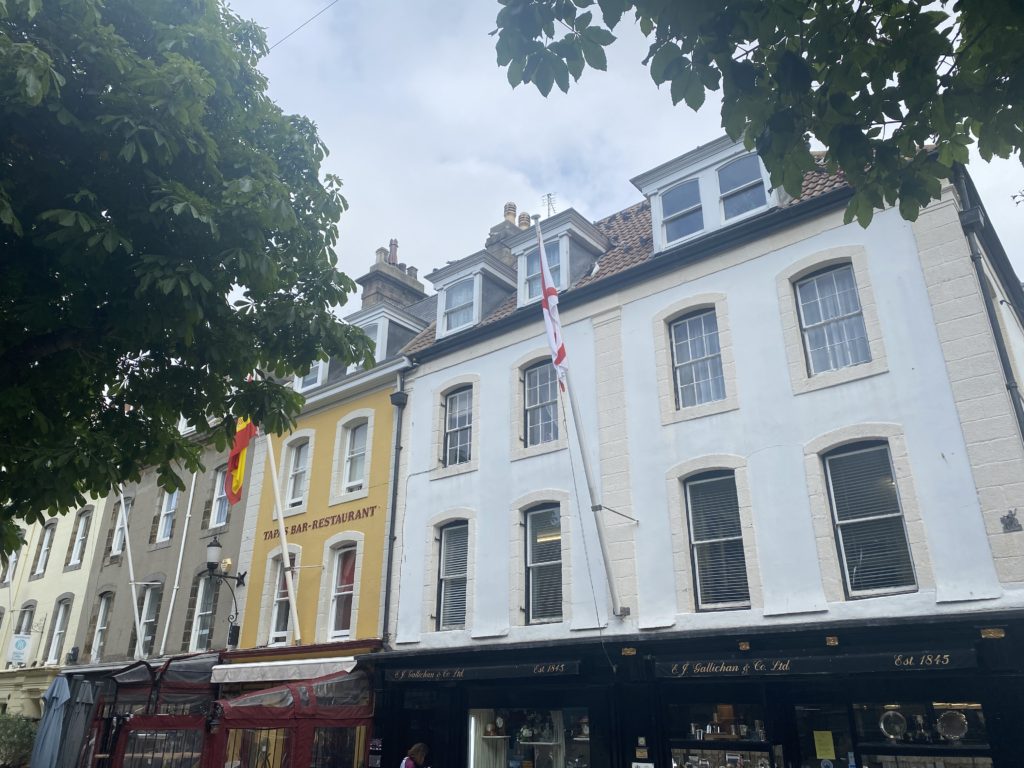My visit to the Jersey Museum began with a dive into an exhibition room with multitudes of well designed walls detailing Jerseys lengthily history which began almost 250,000 years ago when the first people arrived in Jersey and continues through the centuries to explore the factors that have shaped this unique Island and the people who live here. This intrigued my interest in immigration and specifically how people from all over the globe come together in an inspiring feat of unity. This interest can be sourced from the fact that I am an immigrant in many forms as I have lived in a few countries and all of them have been extensively culturally diverse such as the place I call my home; South Africa. Which is just like Jersey in terms of its diversity.
I moved to the island just 3 years ago. The exhibition states; ‘Every Jersey resident has an immigration story – whether their family came here 500 years or five years ago. This exhibition explores some of these stories and the ways in which immigration has shaped and influenced the Island we know today.’ This statement immediately creates an a sense of belonging and inclusivity for me being a recent immigrant to the island considering that everyone has a story they can share and relate to one another with, even the most local islanders.
The section of the museum we visited first focused on immigration to jersey and tells the story about why people have moved here over the centuries.
https://www.facebook.com/JerseyHeritage/videos/735935120595905/
One of the areas of the exhibition I was most interested in was the section on tourism to jersey. Jersey saw a boom in tourism in the 50s, 60s and 70s.
It was nicknamed honeymoon island as it was a favourite location for newlyweds. Jersey attracted this boom of people as it had everything people wanted when they started looking to holiday in the post WWII years. Jersey was an escape from life on the mainland and it had better weather and better beaches.

Everything in jersey at the time was also much cheaper which attracted even more holiday goers.
This boom in travel to Jersey changed the island in many ways. Just one example being the fact that aeroplanes used to land on the beach at low tide in jersey but due to the boom they built an airport. This segment of the exhibition took my attention due to the fascinating and aesthetic vintage travel posters used by British and Irish airlines and French railway lines to advertise travel to the island
This part of the exhibition also rang bells in another personal way for me. It relates to another South Africa to Jersey migration story. The story begins with a pair of South African surfers in the 60s got fired from the Umhlanga Hotel for swinging on the chandeliers. I grew up surfing in this area and this is a hotel I have stayed in many times so this story has many personal connections with my life and to learn about these migration stories is incredibly compelling and fulfilling. The surfers then decided to hop on a boat to the UK after getting fired from their job to look for greater opportunities. While working in the UK they realised that the cold, rainy weather and being far from the ocean was not for them. One evening they spotted perfect curling waves and blue skies on a Jersey tourism ad during the time of the tourism boom and hopped on the next boat over. They built their own boards and began surfing down at St Ouen’s Bay. The owner of the Watersplash restaurant and night club at the time noticed the lads and due to the increased number of ocean related deaths happening outside the restaurant, he decided to hire them as head lifeguards. The South African lifeguards continued to surf outside the Watersplash and this grabbed the attention of the local islanders as surfing had not yet arrived on the island. The two men had created a surge in popularity for surfing in Jersey and are responsible for bringing one of Jerseys most popular sports to the island.



